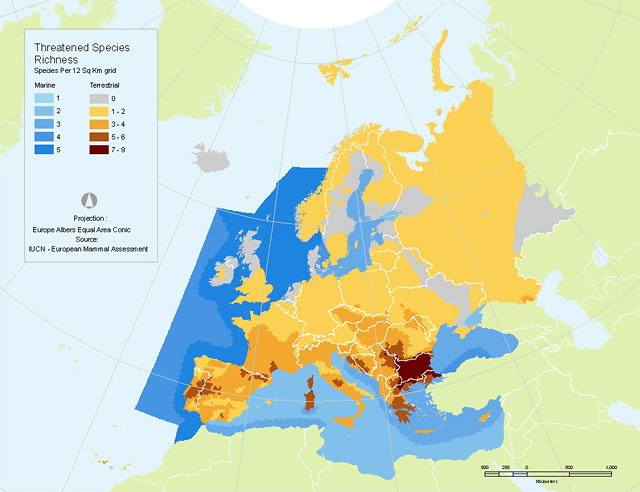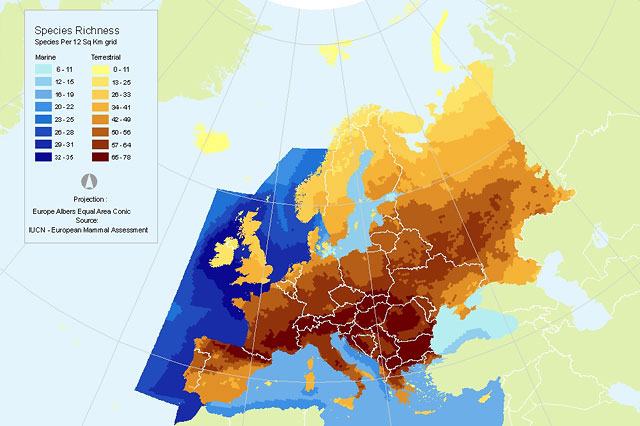Building capacities in Eastern Europe
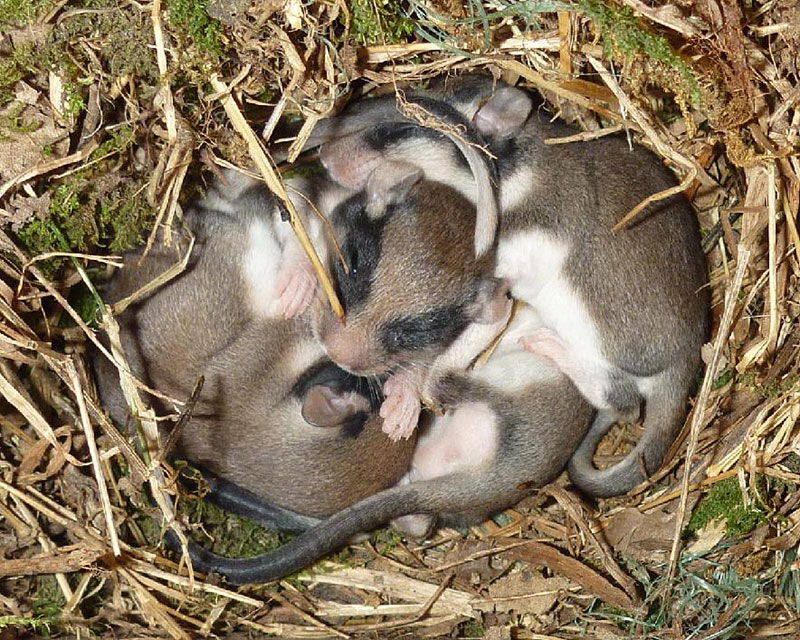
Southeastern Europe is among the regions in Europe with the highest number of mammal species. It harbours core populations of endangered species and is the source of some species for the rest of Europe (see the expansion of wolf, lynx and bear from E-Europe to W-Europe). It is more than worth putting effort to preserve this species diversity and learn more about the mammals’ biology and the factors threatening their persistence.
Unfortunately, reliable information, supported with field data, particularly on small mammals, in Eastern and Southeastern Europe is absent. The knowledge and capacities to study and monitor the small mammals are stored within the few mammal experts there.
The capacities to study and monitor terrestrial mammals need to be extended. Up-to-date information, reliable equipment, good handling skills, species identification knowledge are of crucial importance to study them. Structured information enabling to know their distribution and population trends better will help to protect the mammals better.
The Habitat Foundation wants to address this in the most efficient way by developing a capacities building program that will enhance the abilities on mammal field study and conservation in Eastern and Southeastern Europe.
The Habitat Foundation has conducted a small questionnaire research among the mammal workers (organisations and individuals) in Eastern Europe. The questionnaires were sent to nearly 200 people in Eastern Europe. About 20% of them replied. The analyses of the replies on the needs showed impressive results. A synthesis is presented here.
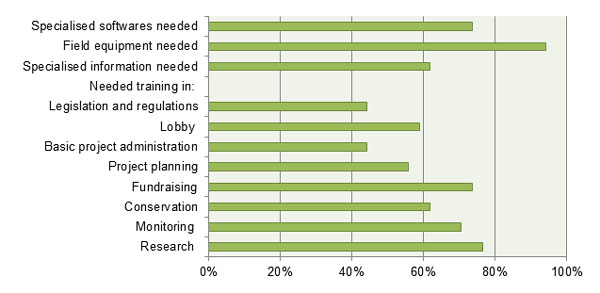
These results were also discussed with other European mammal specialists/workers at the first meeting about the second European Mammal Atlas in Rome in 2016. They did agree that these conclusions do represent correctly the situation.
Almost the whole group (94%) wrote that they need field equipment, 74% wrote they need specialised software for mapping, sound analyses, and statistics, and 62% wrote that they need specialised information and literature such as field identification guides and specific scientific publications.
We also asked if they think any training will be helpful and on what subjects. The problems the people are facing in their work on nature conservation in these countries can be seen in the training they mentioned as needed. Training on fundraising, lobby and legislation was proposed by 44% up to 74% of the pool group. Nearly 80% wish to learn more about field study and monitoring techniques. More than 60% like to learn more about conservation measures.
In most of the countries, the contacted people were biologists working for a park administration or for the National Natural History Museum/Academy of Science. In most of the cases, all the equipment they have is a computer and their goodwill. No car, no special equipment, possibly a telephone, maybe a binocular or a camera. Rarely both.
GOAL
Establish strong national NGOs in Eastern Europe that can join efforts and advocate for the better protection and law implementation of mammals.
ACTIVITIES
A. Mammals mapping, conservation, field studies and monitoring techniques
- Exchange of information in field study and monitoring techniques;
- Facilitate the development of biodiversity databases in the countries that don’t have them yet;
- Linking with the international open biodiversity databases, such as GBIF and Observation;
- Fieldwork equipment per the country;
- Literature: field identification guides, tracks and footprints identification, etc.
B. Future for mammal conservation: find the leaders in mammal research and conservation
- Building capacities in NGO organisation and development;
- Providing information and office equipment;
- Advancing the cooperation forms between the mammalogists in Europe;
- Training courses in project management, fundraising, marketing and communication.
- Improve the advocacy for mammals
DOCUMENTS
SUPPORT THIS PROJECT WITH EQUIPMENT
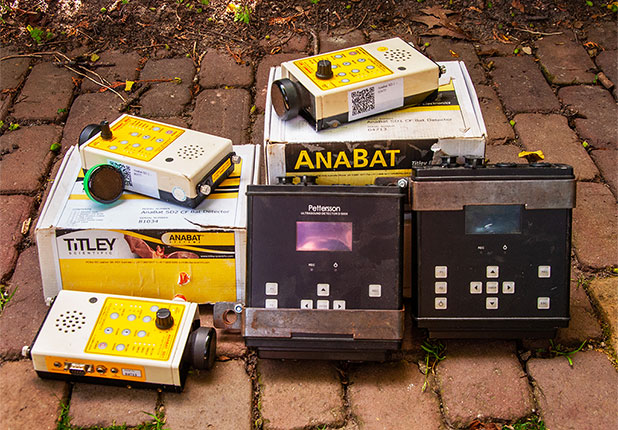
You can support this project with money but you can also support it with equipment. If you have equipment that you don’t use anymore (think of bat detectors, wildlife cameras, handheld GPS, live traps, mist nets, binoculars etc.), you can contact us (info@thehabitatfoundation.org) and we will bring it to Eastern-European mammal researchers and conservationists. For example, the Dutch Mammal Society donated Longworth live traps to researchers in Bulgaria, Ukraine, Bosnia & Herzegovina and North Macedonia and Regelink Ecology & Landscape donated Anabats and Petterson D500X ultrasound recorders.
Other materials, like scientific books about mammalian biology, ecology or field research techniques, or identification guides about the mammals of Europe, are also welcome.
NEWS
National species action plan for the Mouse-tailed dormouse
Field equipment for researchers in North Macedonia
Field equipment for researchers in Bosnia-Herzegovina
Equipment for mammal research and conservation in Eastern Europe
Small Mammal Camp in Ukraine 2019
Mammal survey in Tivat Salina, Montenegro
Nest boxes for Mouse-tailed dormouse
Snow tracking for lynx and wolf in Naliboki forest
Nedko Nedyalkov at the International Dormouse Conference
Rare Dormouse finally found in Bulgaria

